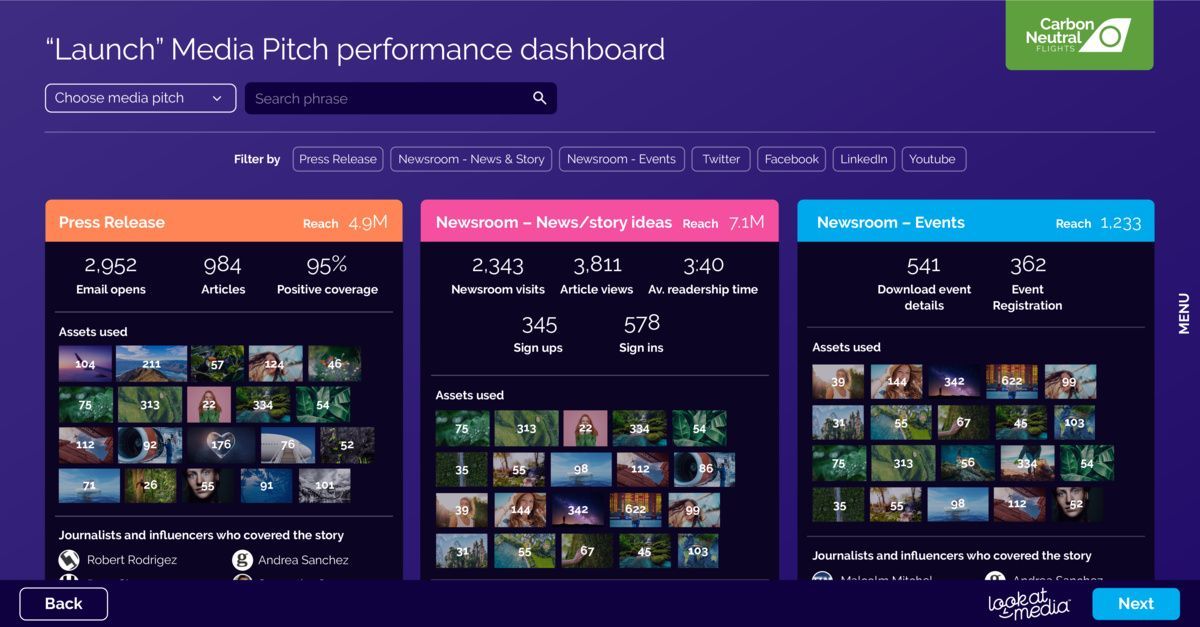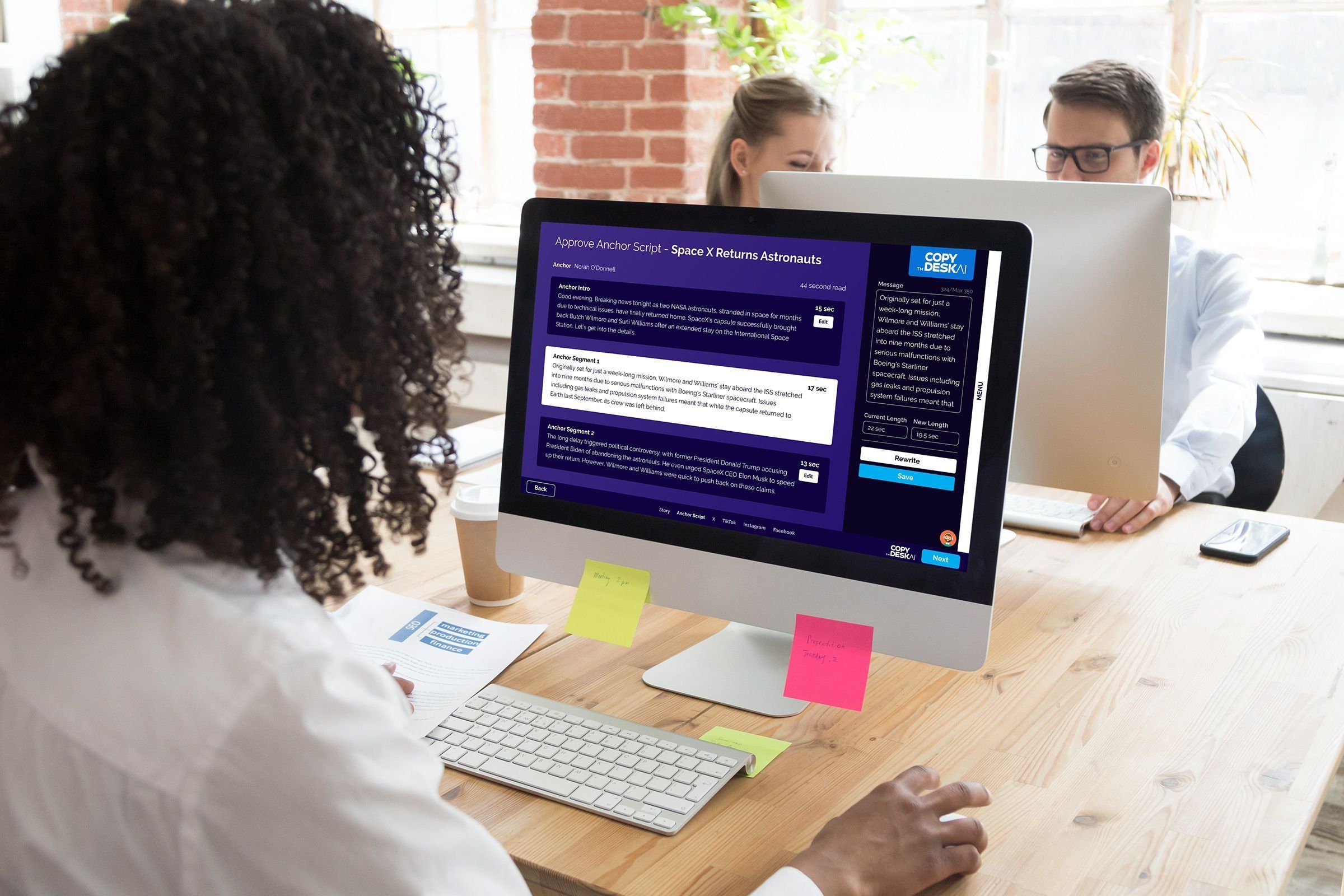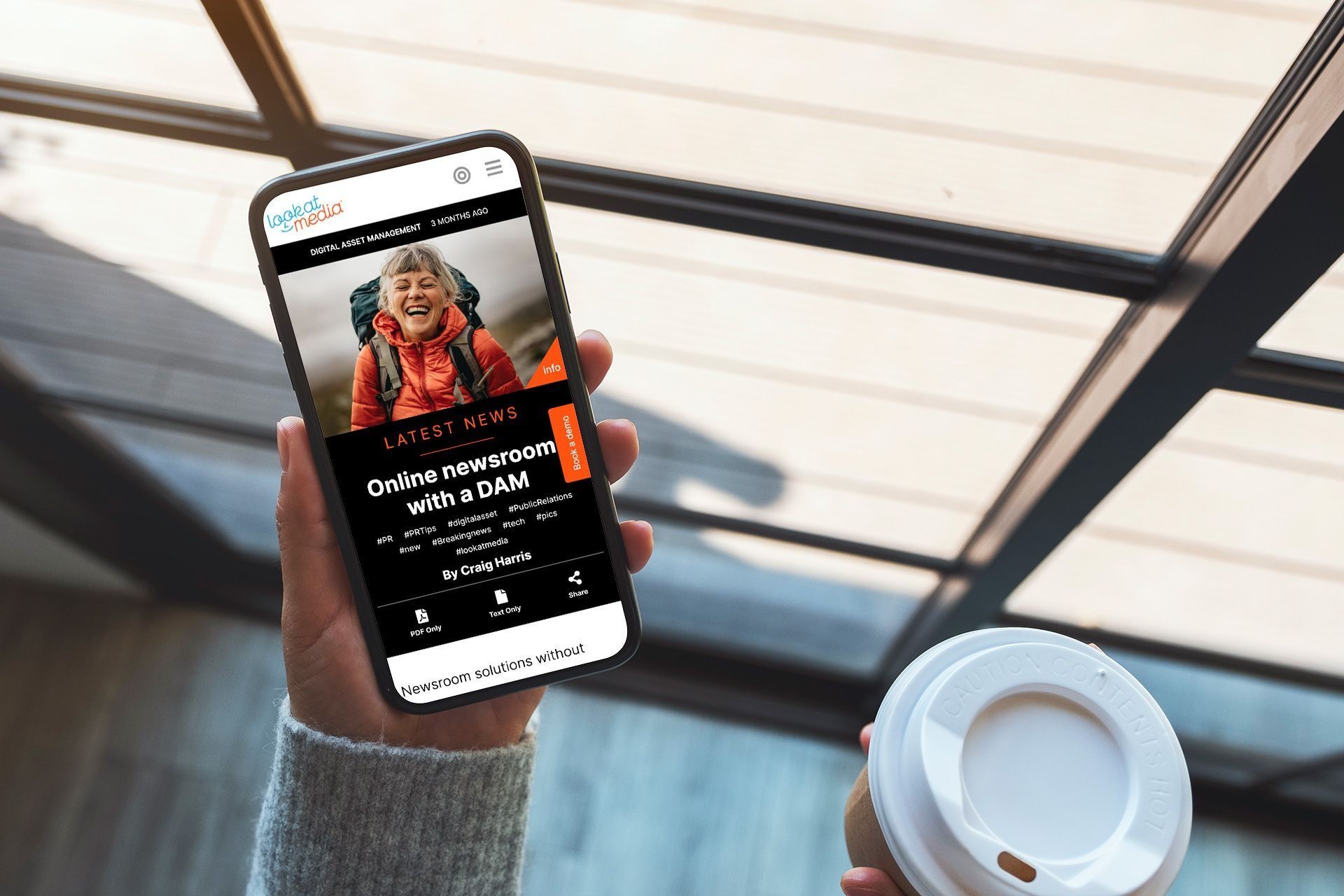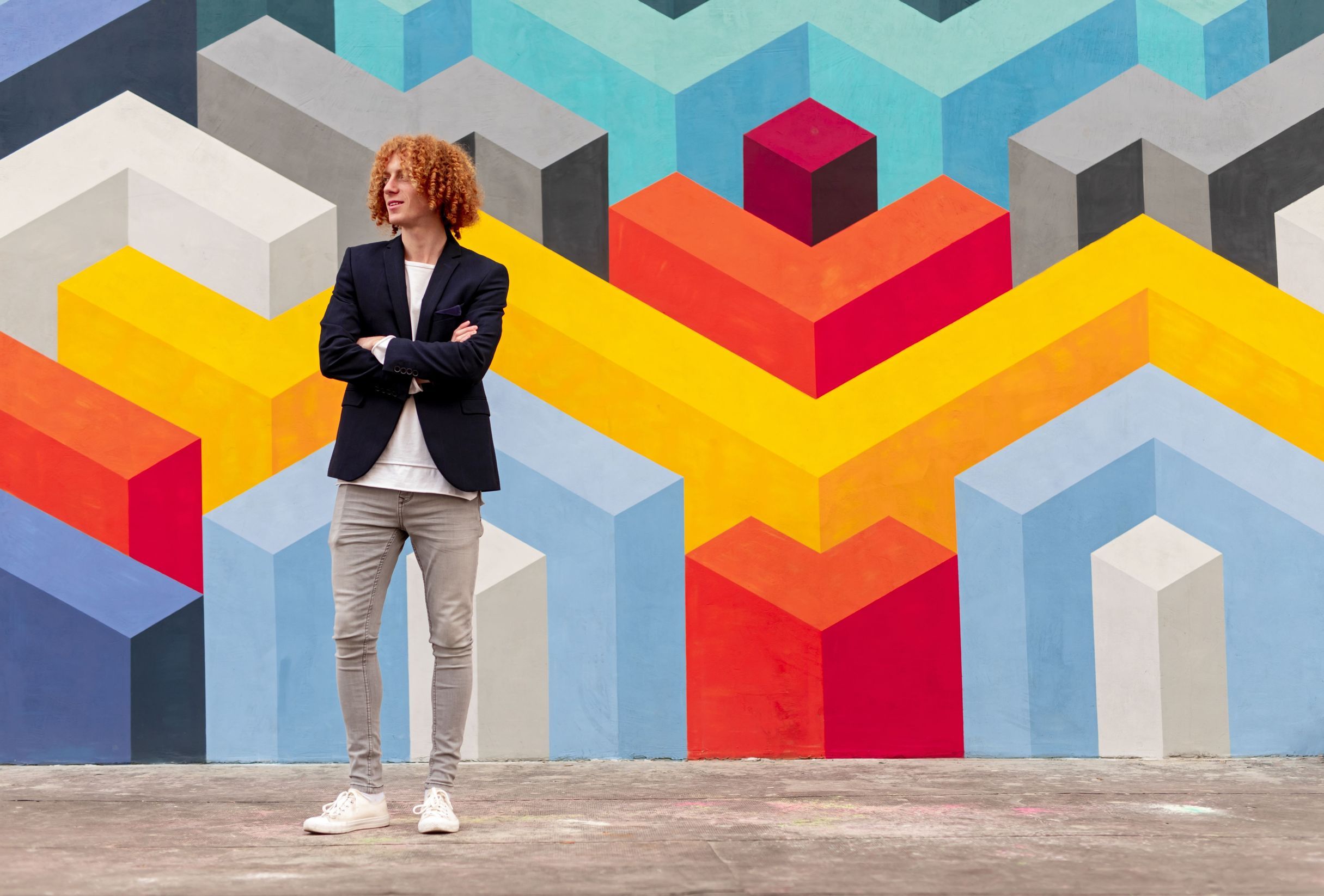
Are visuals more vital than text?
Getty Images/iStockphoto
Journalists increasingly prioritize visuals alongside text. Could missing visuals mean missing coverage? The right image-to-text ratio matters.
Research by content strategist Jeff Bullas reveals that articles with images receive 94% more views than text-only articles, underscoring the impact of visuals on audience engagement. Furthermore, studies by Buffer show that content with visuals is 40 times more likely to be shared on social media, significantly broadening reach and enhancing content visibility.
Finding the Perfect Balance
According to findings from BuzzSumo and Skyword, a ratio of one image per 150-300 words strikes the ideal balance for most articles. Skyword’s analysis indicates that articles with images every 75-100 words often receive double the views compared to those with fewer visuals, while BuzzSumo’s research supports the 150-300 range for a well-rounded reader experience.

Visual punctuation evolution
Getty Images/iStockphoto
Beyond traditional punctuation, images and videos now punctuate content, adding new dimensions to storytelling.

Visual punctuation evolution
Getty Images/iStockphoto
Beyond traditional punctuation, images and videos now punctuate content, adding new dimensions to storytelling.
Adjust for Content Type
For data-heavy stories or investigative pieces, visuals like infographics work best for reader retention. Data from Pew Research indicates that readers find infographics especially helpful in comprehending complex information, while a study by Visme shows that adding infographics can boost article performance by 12% on average.
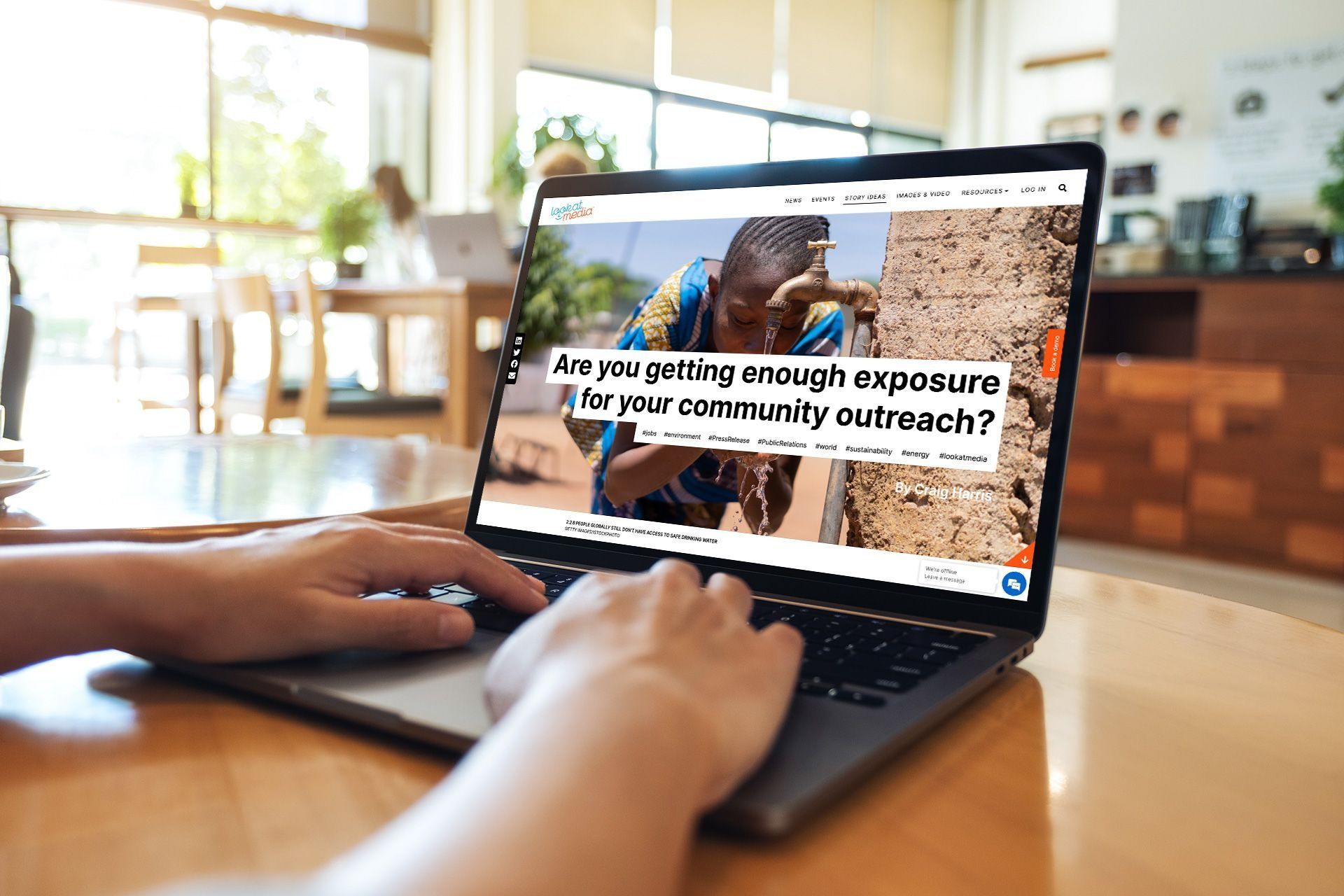
See, feel, read
Lookatmedia™
Lookatmedia™ newsrooms tap into innate human behavior—first we see, then we feel, then we read. This sequence drives powerful engagement.

See, feel, read
Lookatmedia™
Lookatmedia™ newsrooms tap into innate human behavior—first we see, then we feel, then we read. This sequence drives powerful engagement.
Optimize for Speed
Google’s data emphasizes that 53% of mobile users abandon sites that take more than three seconds to load, highlighting the importance of optimizing images for speed. Publishers like The New York Times and The Guardian have implemented A/B testing to refine their use of images and confirmed the benefits of keeping visuals within these ratios for engagement.
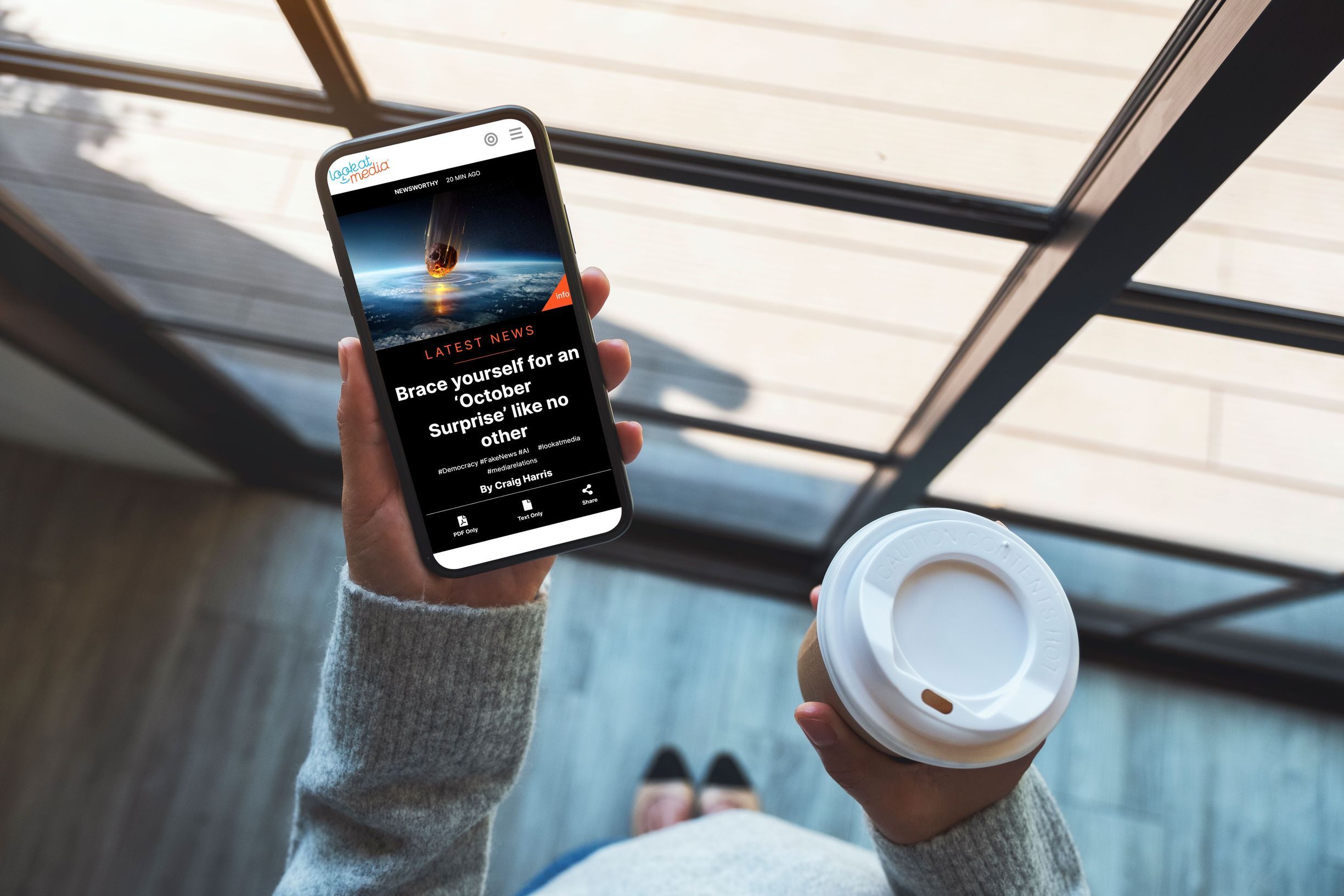
Walking, seeing, reading
iStock
Smartphones changed media consumption. Visuals are now essential for grabbing attention on the go, as shorter attention spans prioritize visual content.

Walking, seeing, reading
iStock
Smartphones changed media consumption. Visuals are now essential for grabbing attention on the go, as shorter attention spans prioritize visual content.
